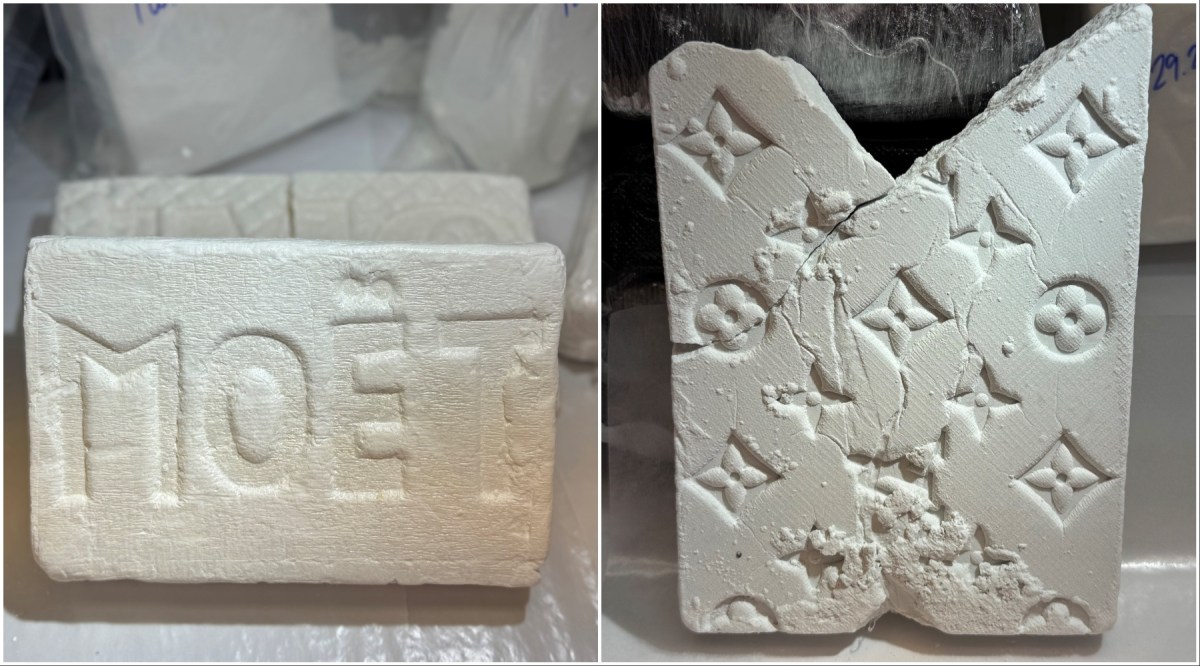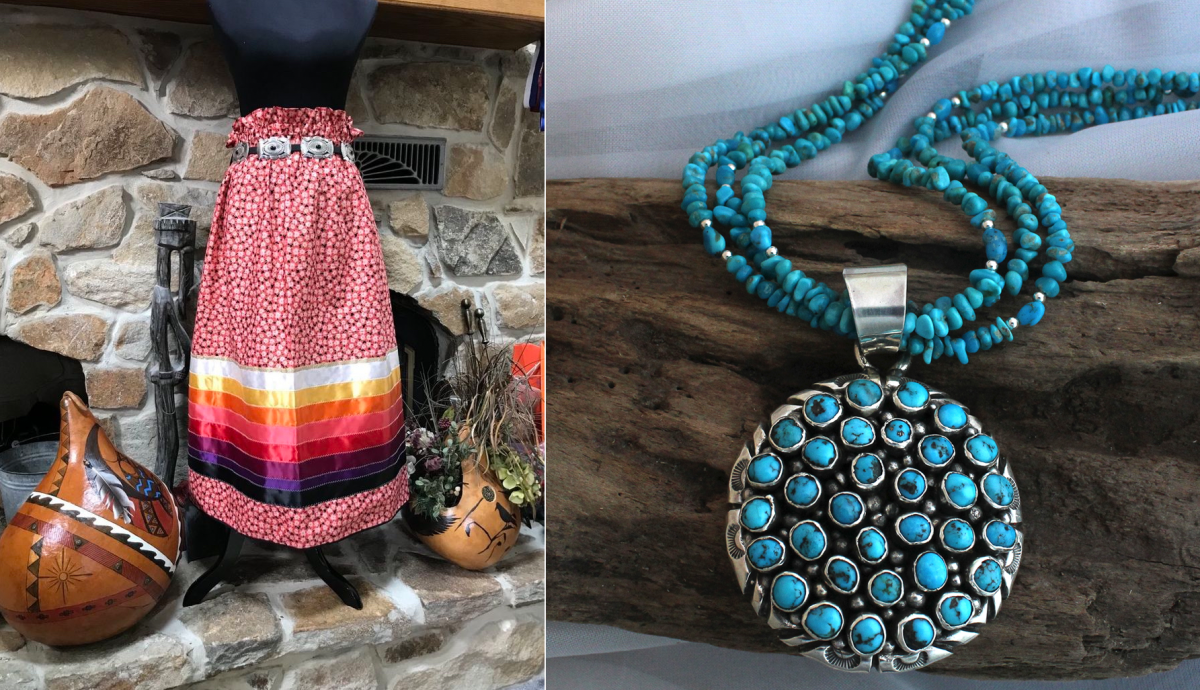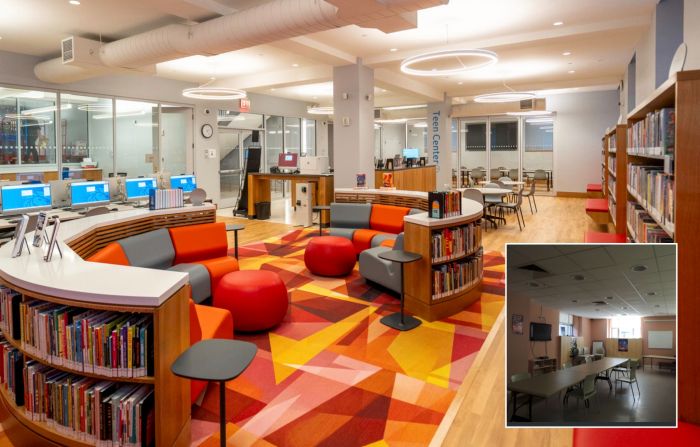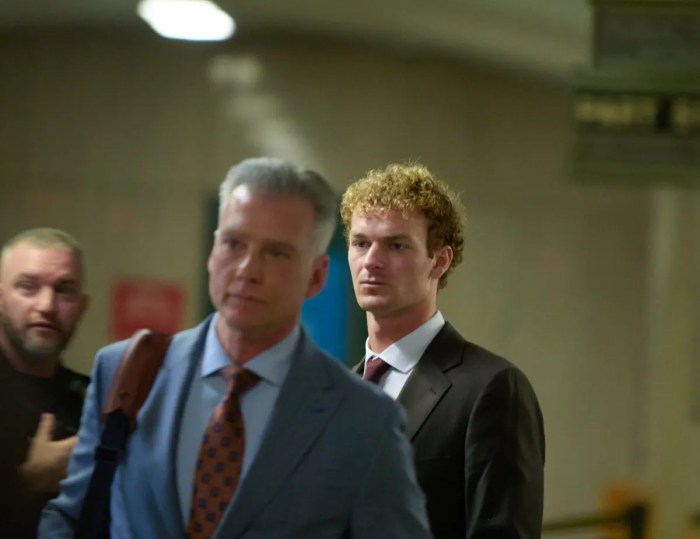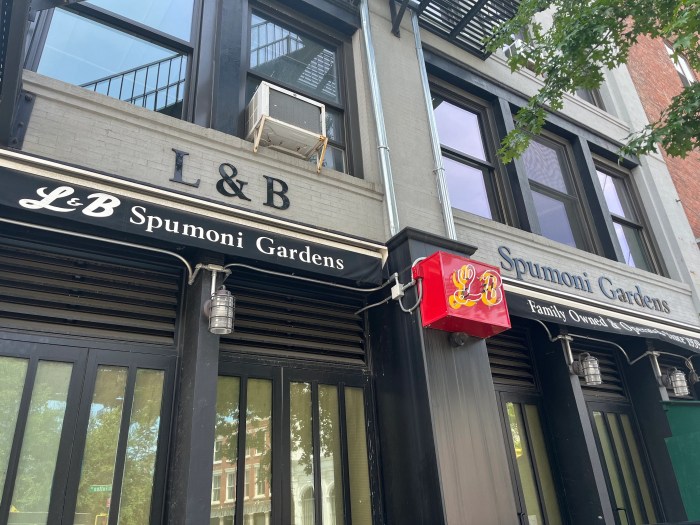
BY TERESE LOEB KREUZER | Standing next to a hindquarter of beef hanging from one of the strong rafters of the Thompson Warehouse at 213 Water St., Robert LaValva, founder of the New Amsterdam Market, introduced butcher Adam Tiberio.
“His dream is to create a meat-processing facility in New York City, where animals that would have been slaughtered upstate will be brought whole into the city and cut to specifications for the end users,” LaValva said. “That’s a very ambitious goal, but we specialize in ambitious goals around here.”
Tiberio spent the next two hours dismembering the animal and showing his audience of food journalists, chefs, caterers and others in the food business exactly which parts of the animal could produce certain cuts of meat. He visits the farms where he gets his meat, he said, and knows what the animals eat and how the farmers care for them. He discussed body fat, grass finishing and other aspects of his trade.
In September, Tiberio plans to open a butcher shop at 78 Rivington St. on the Lower East Side with a Community Supported Agriculture (C.S.A.) option for “beef enthusiasts” that will allow them to purchase and sample a variety of cuts.
C.S.A.s are associations of individuals that subscribe to a share of the anticipated harvest of a local farmer to receive weekly shares of produce during the harvest season.
Tiberio’s July 29 butchering demonstration was illustrative of one of LaValva’s “ambitious goals” for the New Amsterdam Market, whose master plan is to expand from a weekly market on South Street to a hub that nurtures small food business and promotes food education. LaValva founded the market in 2005 to sell goods from local and regional food producers, which it has continued to do as it grew from a once-a-year affair to a weekly fixture on South Street, between Beekman Street and Peck Slip, from late spring to December. But LaValva’s idea was always to have his enterprise be more than a market.
“What you’re seeing here today as a demonstration is something that we would love to see in one of the old Fulton Fish Market buildings,” he said, referring to the Tin and New Market buildings on South Street. He would like to install businesses like Tiberio’s in those buildings and hold cooking classes and food demonstrations there.
Once the audience for the butchering demonstration had cleared out of the Thompson Warehouse and what remained of the beef carcass had been stowed away, a C.S.A. called Local Roots set up for a knife skills cooking class. Will Griffin, a Yale graduate who went on to become a chef, showed 15 students how to chop and dice like a professional.
Griffin’s class was one of several co-sponsored this summer by Local Roots and the New Amsterdam Market. Knife skills took place on July 29, followed by an Aug. 12 class on fresh pasta. On Sept. 23, there will be a hands-on class on how to butcher a whole fish. Each student will get two fish with which to practice gutting, cleaning, de-scaling and filleting, and they’ll be allowed to bring home their handiwork.
The Thompson Warehouse, where the classes are held, dates from 1868 and belongs to the South Street Seaport Museum. The historic setting is an important part of LaValva’s vision for a food hub in what he calls the “East River Market District.” The neighborhood, he said, has been a market district since the late 1600s.
“Over the past 200 years, most of the buildings in this area were built to accommodate food businesses — whether they were supplying ships with food or importing flour or storing wine or bringing in spices,” he said.
Rick and Michael Mast, who go by the name the “Mast Brothers,” will be the next food tenants to occupy the Thompson Warehouse. Since 2007, they’ve run a chocolate factory in Brooklyn, where they roast beans and wrap their chocolate bars in beautiful paper imported from Venice.
In collaboration with the New Amsterdam Market, they will sell their chocolate in the Thompson Warehouse and talk about their production methods and about the history of cocoa.
The Mast Brothers are the kinds of vendors LaValva said he loves and hopes to encourage with his market.
“We know that the food businesses in the city are dynamic and are growing,” he said. “Our goal is to have this district, which is owned by the city, be thought of as a business incubator — especially for small food businesses. The people who saved the South Street Seaport from demolition looked on it as a place where people could come to learn about the history of the city, but also as a place that would support innovation.”



